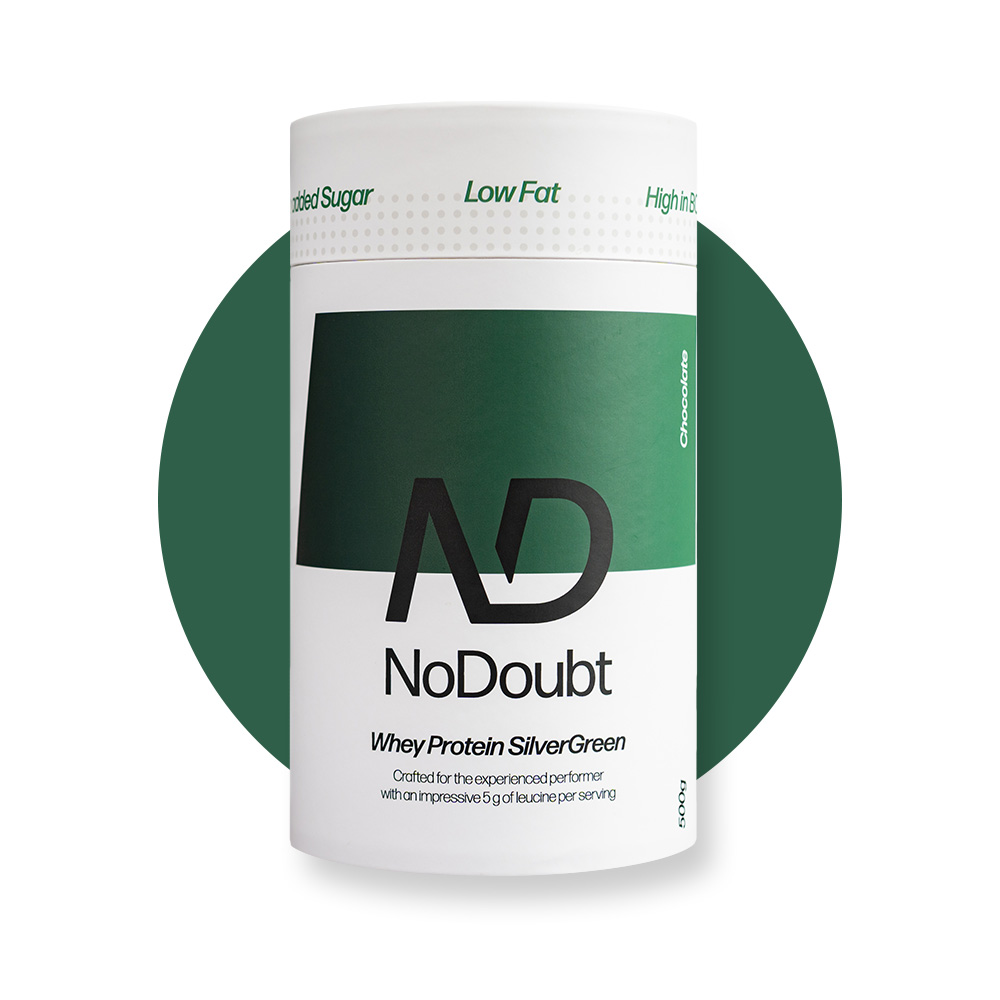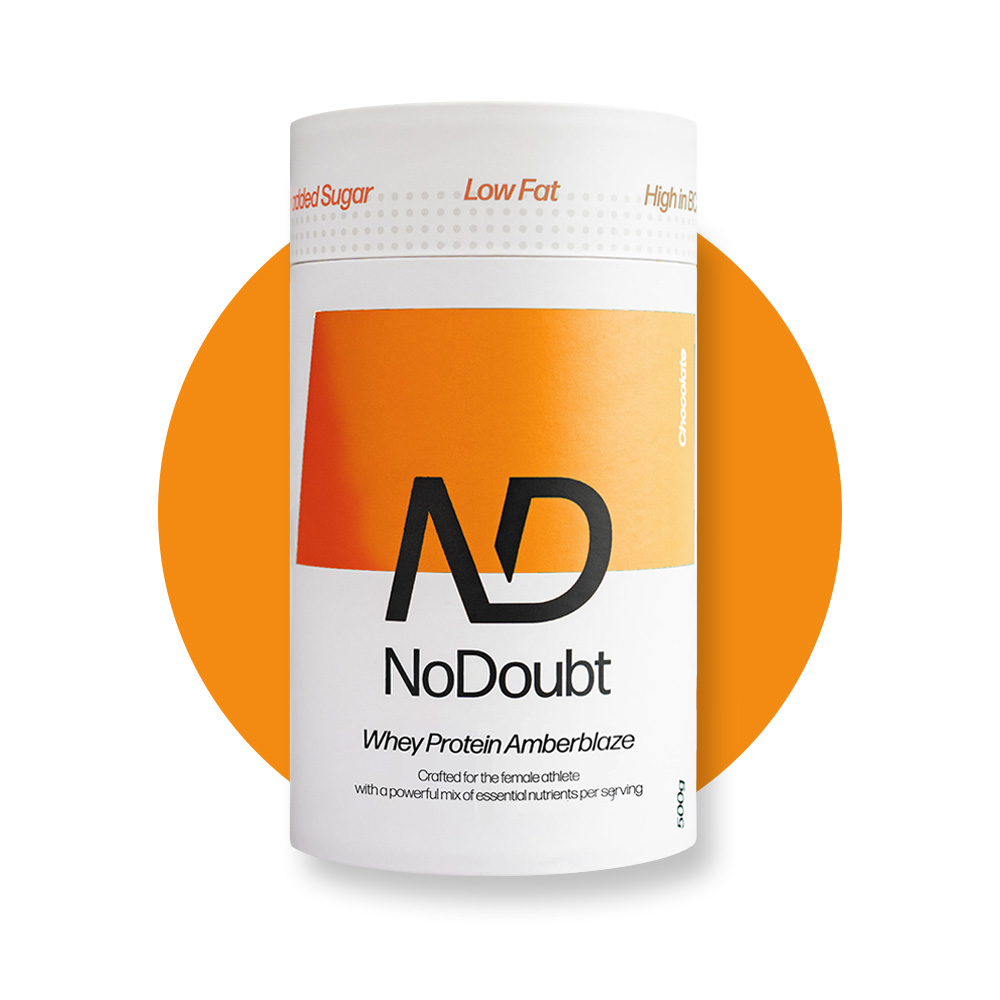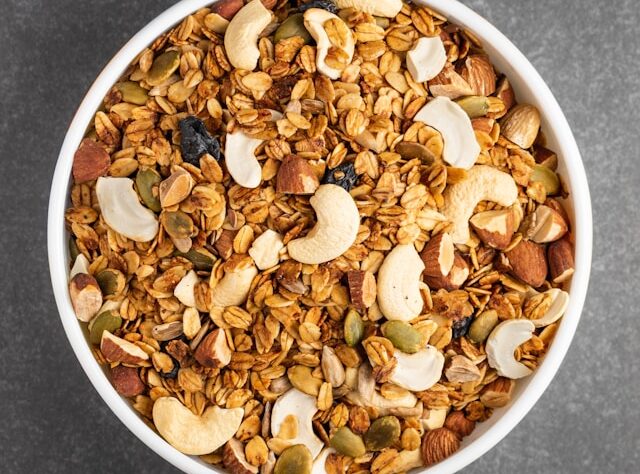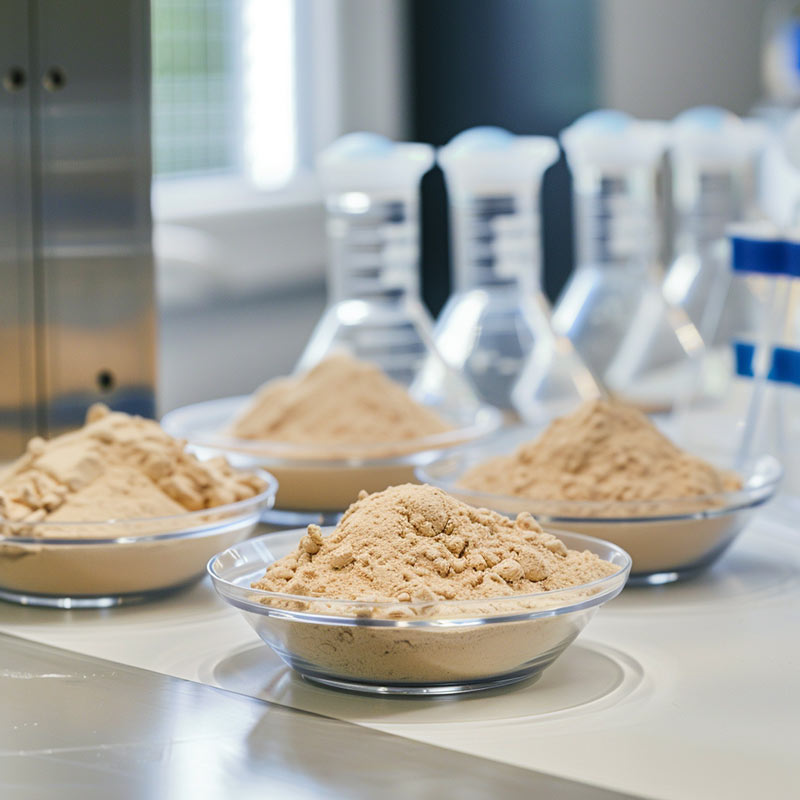Creatine After 40: How a Simple Molecule Can Become a Key to Muscle Health and Recovery
Creatine was once reserved for young athletes—but today, studies show clear benefits for those over 40. When used correctly and combined with high-quality protein like SilverGreen, it can actively support healthy longevity and muscular resilience.
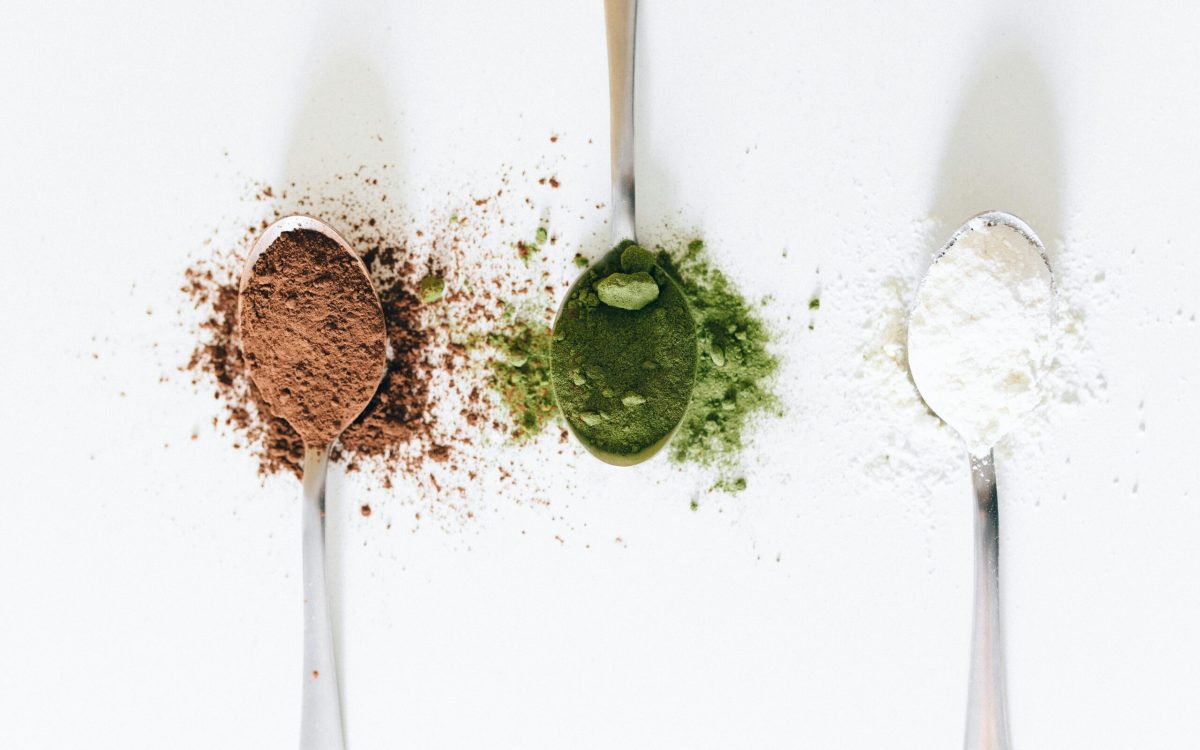
1. Muscle Loss Starts Sooner Than You Think
Most people associate muscle loss with advanced age or illness. In reality, this process begins as early as our 30s—and it’s a slow, silent decline. Without intervention, adults lose about 1–2% of muscle mass per decade. That loss is often unnoticed until after 40, when we begin to feel a gradual drop in strength, stamina, and recovery speed.
Eventually, this leads to a condition known as sarcopenia—a clinically relevant loss of muscle mass and strength. Sarcopenia is not just a physical concern; it increases the risk of falls and fractures, disrupts metabolic health, weakens immunity, and reduces overall quality of life.
The good news: Muscle loss is not inevitable. With targeted resistance training, sufficient protein intake, and smart nutrient strategies, it’s possible not only to preserve but also to rebuild muscle well into midlife and beyond. One molecule, long known in the world of performance sports, is now gaining attention in the science of aging well: creatine.
2. What Is Creatine, and What Does It Do?
Creatine is a nitrogen-containing compound made naturally by the body from the amino acids arginine, glycine, and methionine. Around 95% of creatine is stored in skeletal muscle, mostly in the form of phosphocreatine, where it acts as a fast-access energy reserve for short bursts of effort—like lifting, sprinting, or heavy resistance training.
It does this by helping to rapidly regenerate ATP (adenosine triphosphate), the primary energy currency of all cells. When muscles are well-supplied with creatine, the body can perform better, fatigue more slowly, and recover faster.
But from around age 40, both the body’s production and muscle storage of creatine begin to decline. This may explain why tasks that used to feel easy start to demand more energy—and why muscle strength slowly diminishes, even if activity levels stay the same.
3. Why Creatine Is Especially Valuable After 40
Creatine has been used in sports performance for decades. However, its benefits for people 40 and older are a relatively new focus in research. Today, a growing number of studies show that consistent creatine intake can deliver significant benefits for midlife and older adults—even those not engaged in intense training.
Science-backed benefits include:
- Maintenance—and even increase—of lean muscle mass
- Improved strength and power output
- Faster recovery after physical activity
- Reduced chronic low-grade inflammation associated with aging (“inflamm-aging”) that can damage muscle cells and slow regeneration
- Potential improvements in bone density and cognitive performance
Creatine doesn’t just support muscles. It helps protect the mitochondria, which are the cell’s powerhouses, from oxidative stress, supports cell membrane stability, and may help slow age-related decline at the cellular level.
“The combination of creatine supplementation and resistance training significantly improves functional performance in older adults.” Candow et al., Nutrients, 2021

4. Who Should Consider Creatine?
Adults 40+ Who Strength Train
If you lift weights or do bodyweight resistance exercises regularly, creatine can help you train harder, recover faster, and adapt better.
Adults with Slower Recovery
If you notice it takes longer to bounce back from physical activity, creatine can support recovery even without structured workouts.
Endurance Athletes in the Heat
Creatine enhances cellular hydration, which can help regulate core temperature and lower heart rate during prolonged activity in hot conditions—valuable for runners, triathletes, or cyclists training in summer.
Women in and After Menopause
The drop in estrogen during and after menopause significantly impacts muscle metabolism. Women lose muscle mass and strength more rapidly during this phase. Creatine, when paired with resistance training and adequate protein (especially leucine-rich), can help counteract this loss. SilverGreen is designed with this need in mind (see below).
Early research also shows possible benefits for mood, cognition, and mental clarity during menopause.
5. What About Protein? And What Is SilverGreen?
By age 40, many people know that protein intake is essential to maintaining muscle. But quality and composition matter just as much as quantity.
SilverGreen is the first protein product in Switzerland designed specifically for people over 40. It combines:
- High-quality whey protein
- 5g leucine to activate the mTOR muscle-building pathway
- Anti-inflammatory omega-3 fatty acids
- Goji berry extract for antioxidant support and recovery
Creatine isn’t a replacement but a complementary strategy. While SilverGreen provides structural support for muscle repair and growth, creatine supplies the immediate energy needed to power those processes, especially under physical load. Used together, they address muscle preservation from multiple angles.
Click here to learn more about SilverGreen – Switzerland’s first protein product designed for people over 40.
6. Dosage and Timing
- Recommended daily dose: 3–5g creatine monohydrate, ideally taken with a meal or post-workout for improved absorption
- Optional loading phase: 20g per day (4 x 5g) for 5 consecutive days to accelerate muscle saturation; especially useful if quick results are desired
- Without loading phase: Daily intake of 3–5g will gradually saturate muscles within 3–4 weeks, offering the same long-term benefits
- Long-term use: Safe and effective as long as taken consistently
7. Final Thoughts: Small Dose, Big Impact
Creatine is a smart, well-researched addition to a modern longevity strategy. For adults 40+, it supports muscle strength, recovery, resilience, and everyday performance.
In synergy with SilverGreen, regular movement, and sufficient rest, creatine offers a simple, effective way to counteract muscle decline and stay strong through the decades.
Our recommendation: If you want to invest in your strength, energy, and long-term vitality after 40—creatine deserves your attention.
Protein for Active People over 40:
NoDoubt SilverGreen
From the age of 30, our body undergoes natural changes that affect our fitness and health. Muscle mass decreases, especially in the 40s, and muscle regeneration slows down considerably. This leads to a decline in your strength and performance.
Discover solutions that enable you to counteract muscle loss at an early stage and maximize your performance from the age of 40.
Proteins for Women Under 40:
NoDoubt AmberBlaze
Women have long been neglected in sports science. The female cycle was seen as a disruptive factor, which meant that recommendations were often based on male needs and ignored the specific requirements of women.
Discover solutions that tackle nutrient deficiencies from the ground up and maximize female performance.
